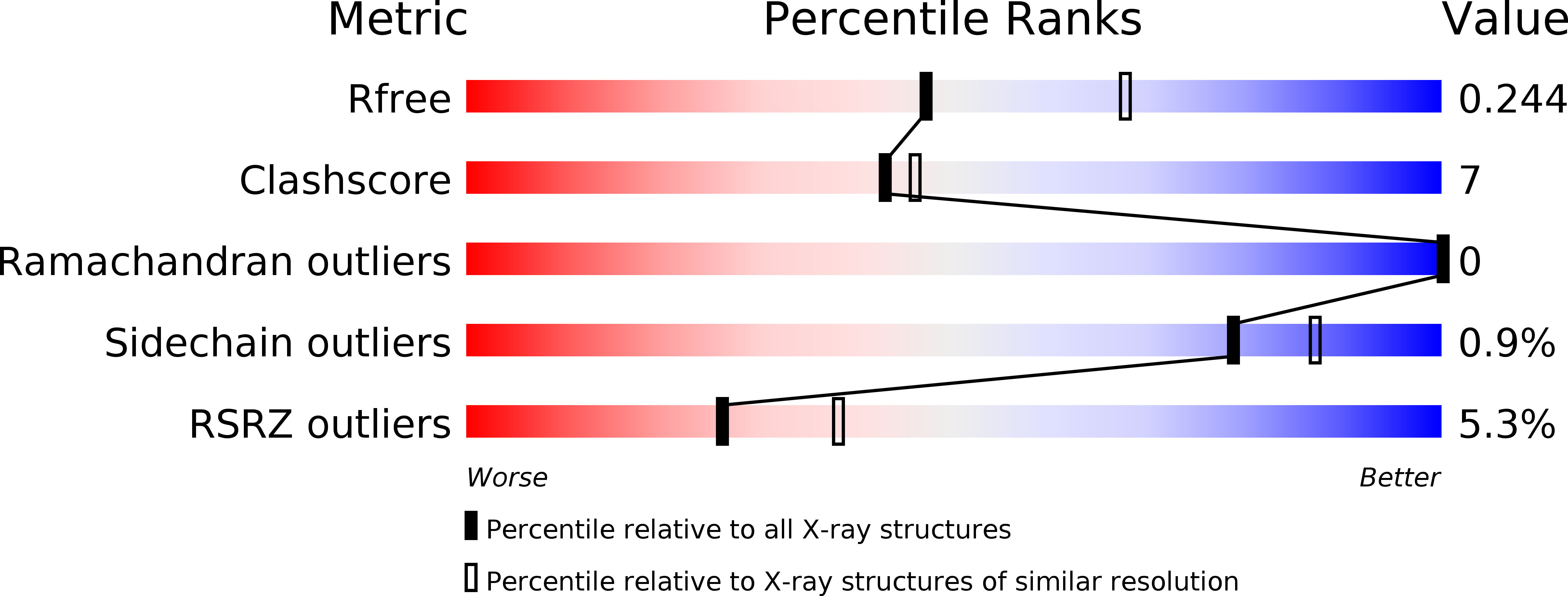
Deposition Date
2008-01-30
Release Date
2008-05-20
Last Version Date
2023-12-13
Entry Detail
PDB ID:
2VN1
Keywords:
Title:
Crystal structure of the FK506-binding domain of Plasmodium falciparum FKBP35 in complex with FK506
Biological Source:
Source Organism:
PLASMODIUM FALCIPARUM (Taxon ID: 36329)
Host Organism:
Method Details:
Experimental Method:
Resolution:
2.35 Å
R-Value Free:
0.25
R-Value Work:
0.19
R-Value Observed:
0.19
Space Group:
P 43 21 2


